Snowy River brumbies to be rehomed or killed
More than 4000 brumbies running wild through the Kosciuszko National Park will the trapped and either rehomed or killed to help naive wildlife recover from devastating bushfires.
NSW
Don't miss out on the headlines from NSW. Followed categories will be added to My News.
National parks officers have begun laying traps in Kosciuszko National Park as the agency prepares to rehome or kill almost 4000 feral horses next month to help recover native wildlife after the summer bushfires.
The removal of the horses, which will take place in three badly burnt areas of the park, comes at the same time as the State Government embarks on what it has described as the largest pest management program in its history.
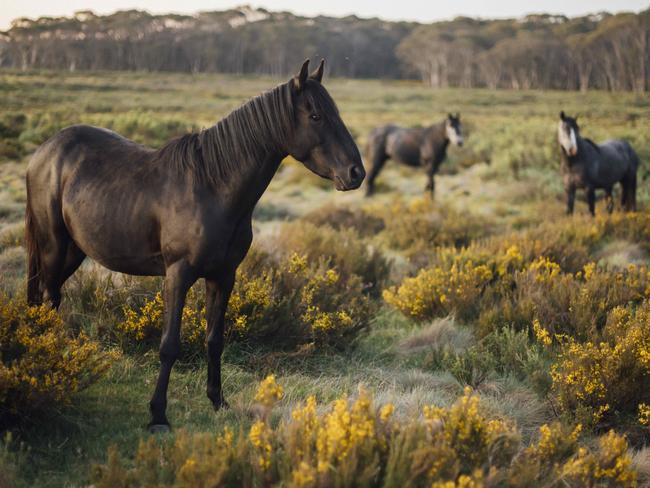
Aerial shooting of feral pigs, goats and deer has already begun as part of the statewide emergency recovery plan implemented after the devastating bushfires.
MORE FROM LINDA SILMALIS:
Ban to be lifted on house auctions, inspections
Life after lockdown: Overhaul of businesses and services
While the horses are deemed to have “heritage” status, the Kosciuszko Wild Horse Heritage Act 2018 still allows for their removal as long as a “sustainable” population remains.
The Government had previously used passive trapping methods to round up the horses, which were then trucked to years for rehoming or sent to the knackery.
However, it can be revealed it has now trialling aerial and ground mustering to help boost numbers.
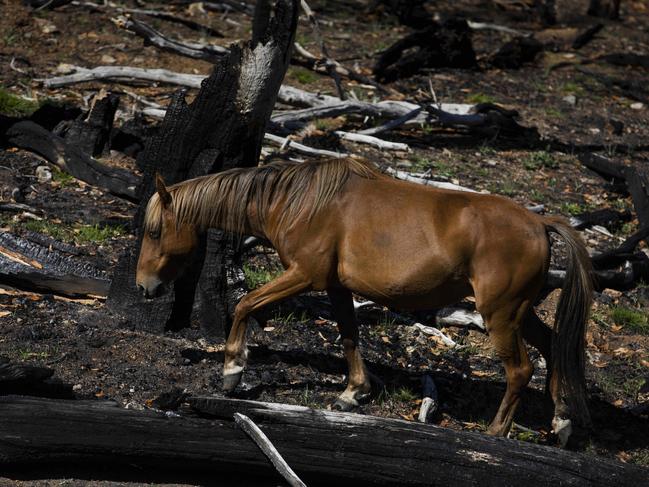
Of the three areas in the park that will be targeted, all horses in the Nungar Plan region will be removed, with those on the Cooleman Plain and Kiandra Plain reduced to a sustainable population.
The Kiandra Plain horses — some of which are in the seat of Monaro held by NSW Nationals leader John Barilaro — are popular with locals and had been a key factor in public resistance to brumby removal programs.
In a letter detailing the proposed recovery measures, the NSW Nationals Parks and Wildlife Service said their removal was critical to help save threatened species such as the Broad-Tooth Rat, which sheltered in long grasses now being trampled by horses.
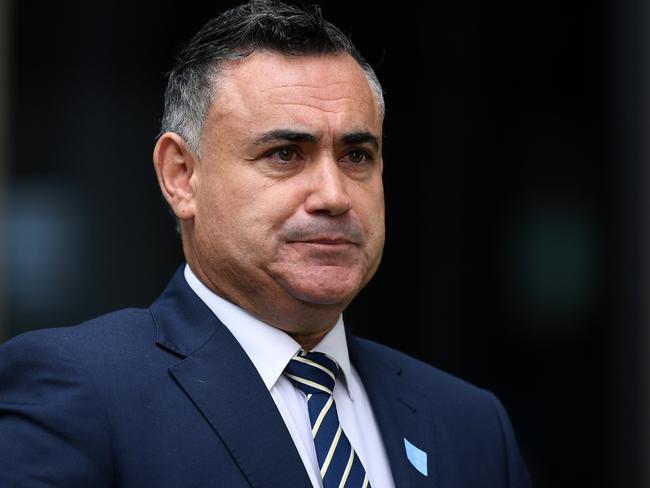
During Black Summer, three separate bushfires burned more than one-third of the park. About a quarter is occupied by horses.
While some were killed in the fires — eight were later euthanased by wildlife officers — overall horse deaths were low.
The horse removal — along with the feral pig, goat and deer shooting program — was necessary to help native wildlife recover and followed advice from the Kosciuszko Wild Horse Community and Scientific Advisory Panels, it said.
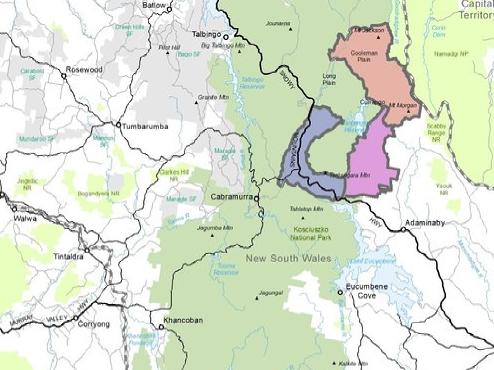
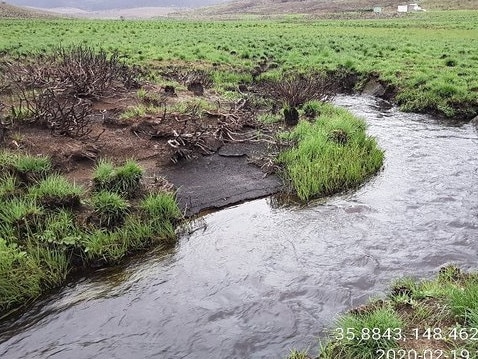
“NPWS has commenced the largest pest management program in its history,” it said.
“An aerial shooting program, targeting feral pigs, goats and deer has begun across the NPWS estate. Between 1700 and 2000 hours of shooting will be conducted in the first 12 months. This represents a five-fold increase in aerial shooting effort.
“Horse removal will start in June 2020 and continue throughout the year. The priority is to rehome horses. Those horses that cannot be rehomed will be euthanased in trap yards, or sent to a knackery.”
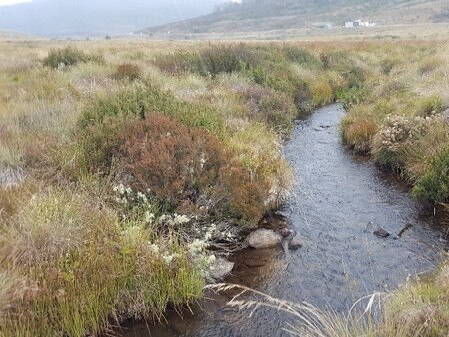
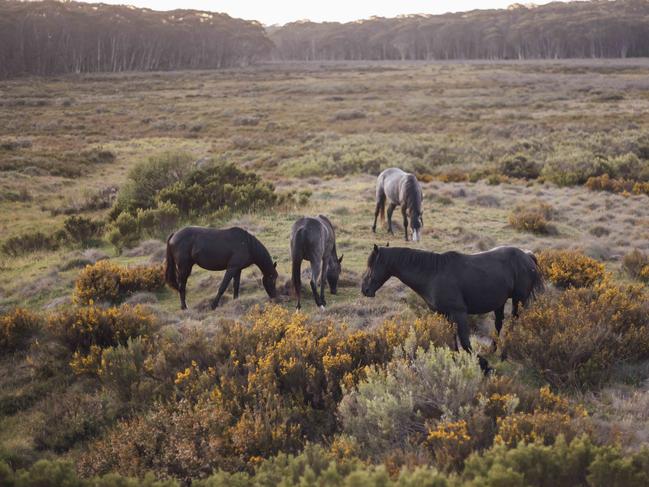
The removal of horses from the Nungar Plain area was necessary to protect specialised grasslands not found in other regions.
Horses were also destroying unique karst landforms in the Cooleman Plain.
Invasive Species Council chief executive officer Andrew Cox welcomed the implementation of the plan, noting the community panel support for the removal.
“Horse numbers are exploding and there is an escalating impact on the environment in a protected national park,” he said.
“The community panel has backed the initiative, which shows growing recognition of the serious problem of rising horse numbers, many of which escaped the fires unscathed.”
Originally published as Snowy River brumbies to be rehomed or killed
